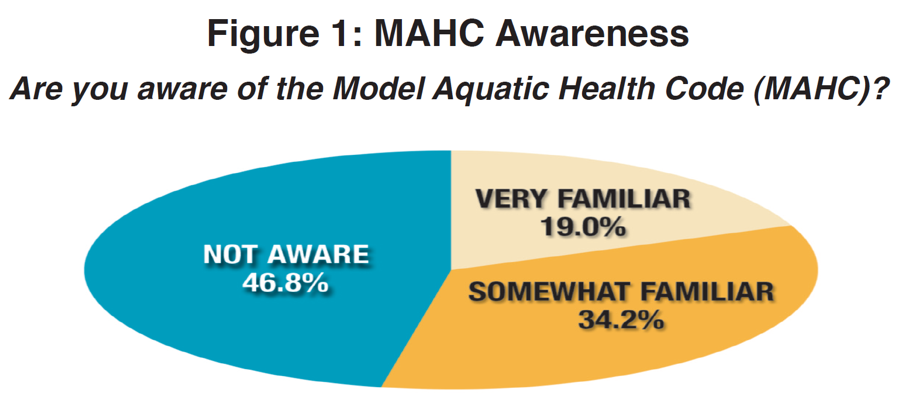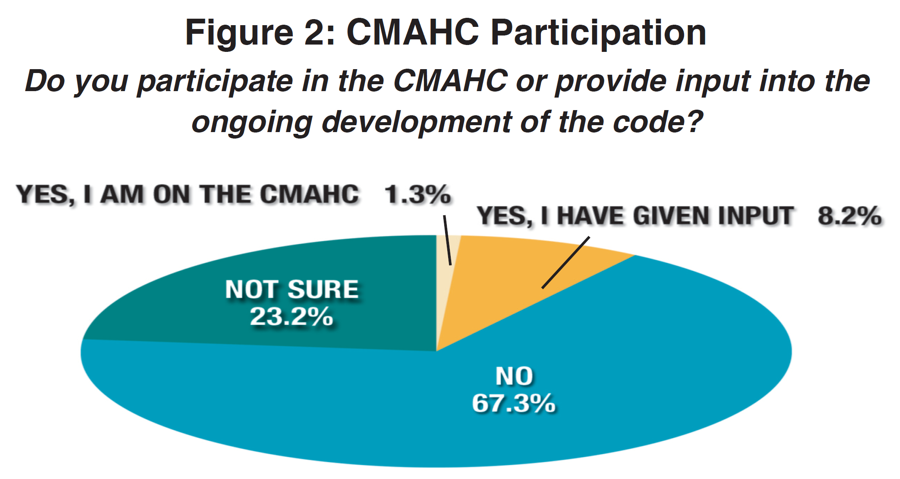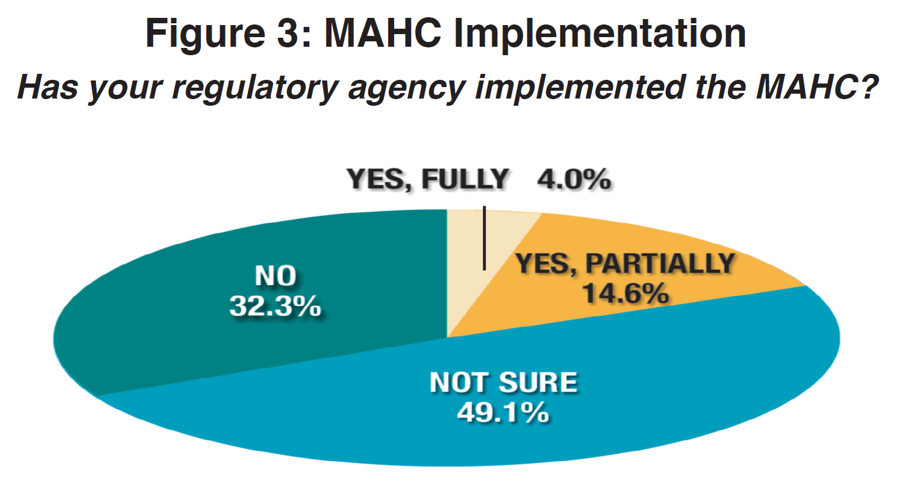The Model Aquatic Health Code (MAHC) is a set of guidelines published by the U.S. Centers for Disease Control & Prevention (CDC), bringing together the latest science and best practices in order to help state and local government officials develop and update their pool codes. Codes have historically been developed at the local government level to cover such things as how and how often water is tested for safety, how aquatic facilities are built and operated, how chemicals should be used to maintain safe water and more. The MAHC provides local officials with the ability to create a more standardized set of rules and regulations for aquatic facilities based on well-recognized and -researched industry practices.
First released in the summer of 2014, the MAHC is not a static code, but rather is updated regularly as new information and input is made available. The most recent version of the code was released in the summer of 2016.
Created at the request of businesses, health departments, academics and others, the MAHC is meant to be a tool for government agencies to use as they develop their own pool codes. It is not a federal law, which means government agencies can choose whether to adopt it at all, whether to use all of the MAHC or just part of it, or whether to modify all or part of it to fit their needs.
In our first annual Aquatic Industry Report survey, we asked respondents about their familiarity with and use of the Model Aquatic Health Code.
More than half (53.2 percent) of respondents said they are familiar with the MAHC, while 46.8 percent said they are not familiar with it. Some 19 percent said they are very familiar with the MAHC, and 34.2 percent said they are somewhat familiar. (See Figure 1.)

Respondents from facilities with higher operating costs are more likely to be familiar with the code than those from facilities with lower costs. Some 70.2 percent of respondents that spent $500,000 or more in 2016 on operating costs said they are familiar with the MAHC, and 69 percent of those who spent between $250,000 and $499,999 were familiar. This compares with just 42.5 percent of those whose operating costs were less than $250,000. And among those with operating costs lower than $100,000, just 37 percent said they are familiar with the MAHC.
To ensure the MAHC is regularly updated, a nonprofit organization, the Council for the Model Aquatic Health Code (CMAHC), was created in 2013. The council serves as a clearinghouse for input and advice on improvements to the MAHC. Every three years, CMAHC members can take part in the process of updating the MAHC and have their input heard by the CDC as it revises and releases the next edition. The next CMAHC Conference will be held in October 2020.
We asked survey respondents whether they participate in the CMAHC or have provided input into the ongoing development of the code. More than two-thirds (67.3 percent) of respondents said they have neither participated in MAHC development or served on the CMAHC. Another 23.2 percent are unsure. Just 1.3 percent of respondents said they are on the CMAHC, and 8.2 percent have provided input into development of the code. (See Figure 2.)

To learn more about participating in the CMAHC, visit www.cmahc.org.
We asked respondents whether the regulatory agency that governs their facilities has adopted the MAHC, either fully or partially. Nearly half (49.1 percent) were not sure. Almost another third (32.3 percent) said their regulatory agency had not adopted the MAHC. Some 4 percent said the MAHC had been fully implemented by their regulatory agency, and 14.6 percent said their regulatory agency has adopted portions of the MAHC. (See Figure 3.)

SURVEY METHODOLOGY
This report is based on a survey conducted for Recreation Management by Signet Research Inc., an independent research company. An e-mail was broadcast and respondents were invited to participate. From the launch of the survey on Dec. 12, 2017, to the closing of the survey on Jan. 2, 2018, 1,194 returns were received. The findings of this survey may be accepted as accurate, at a 95 percent confidence level, within a sampling tolerance of approximately +/- 2.8 percent.


